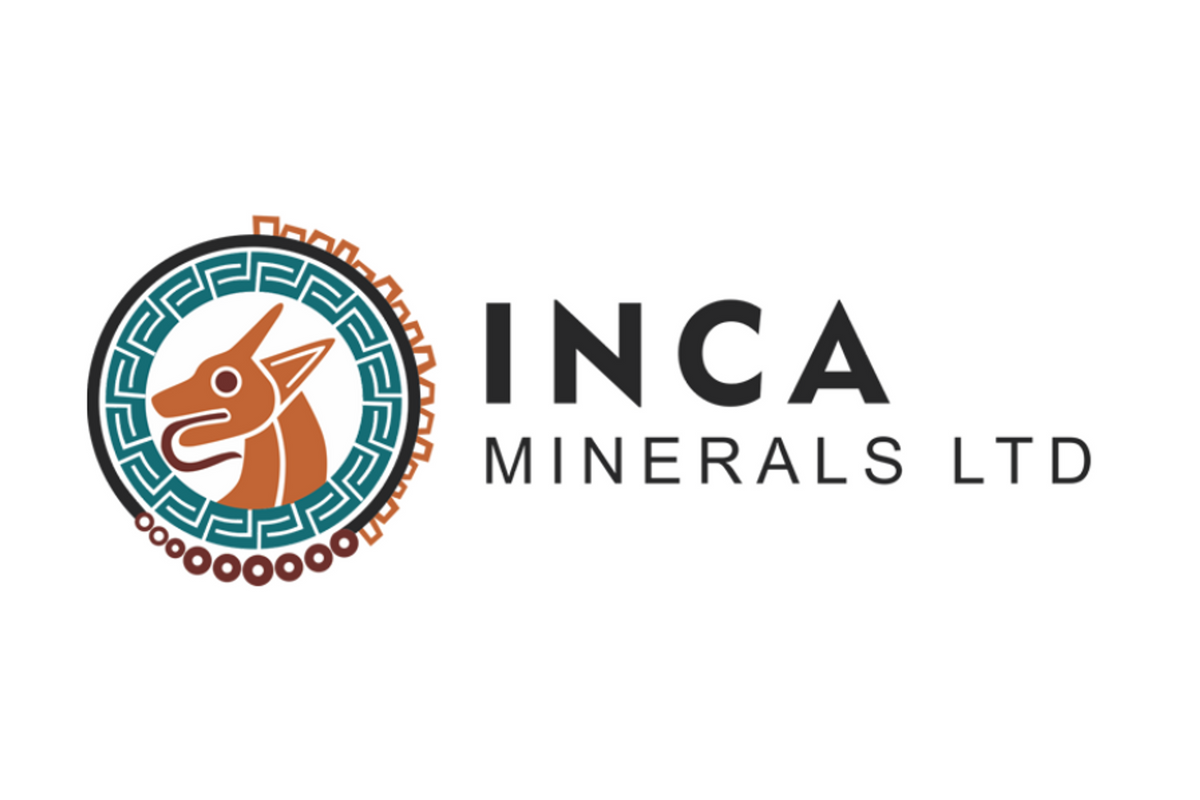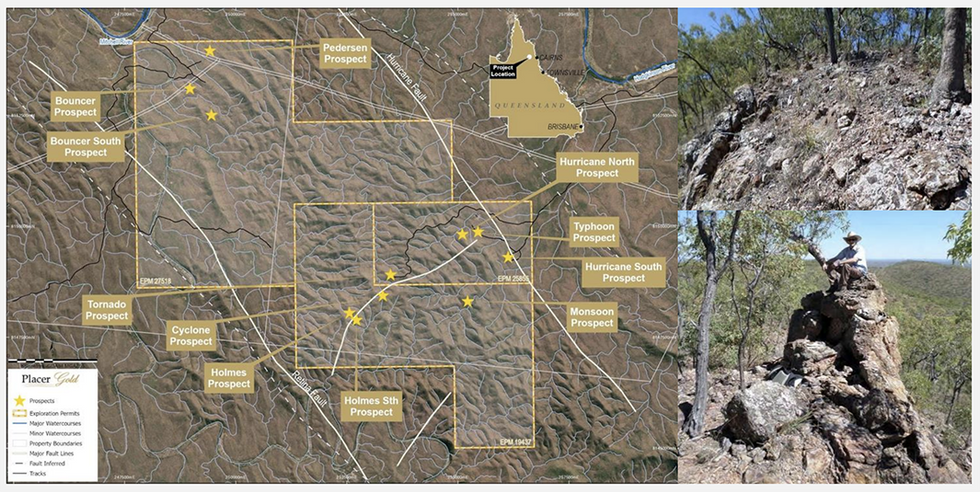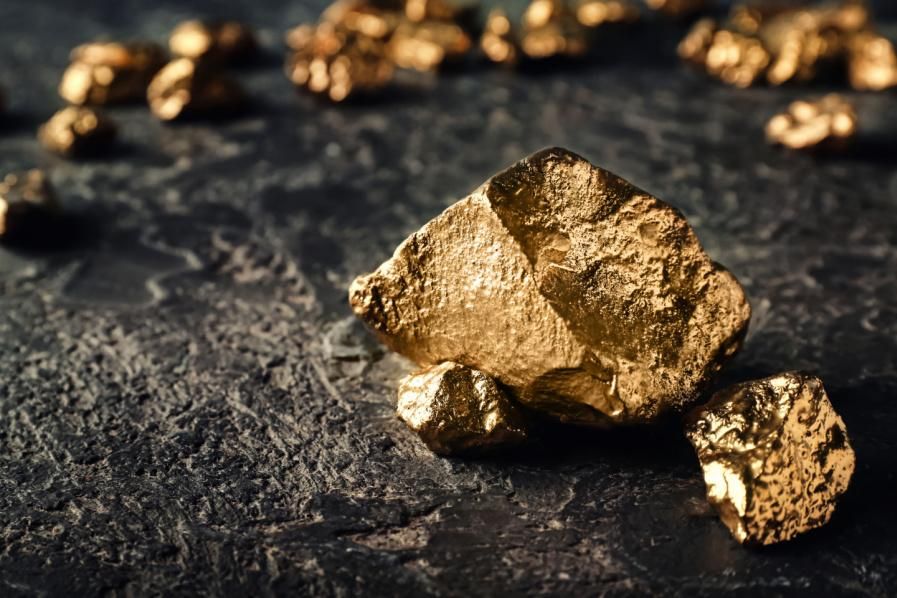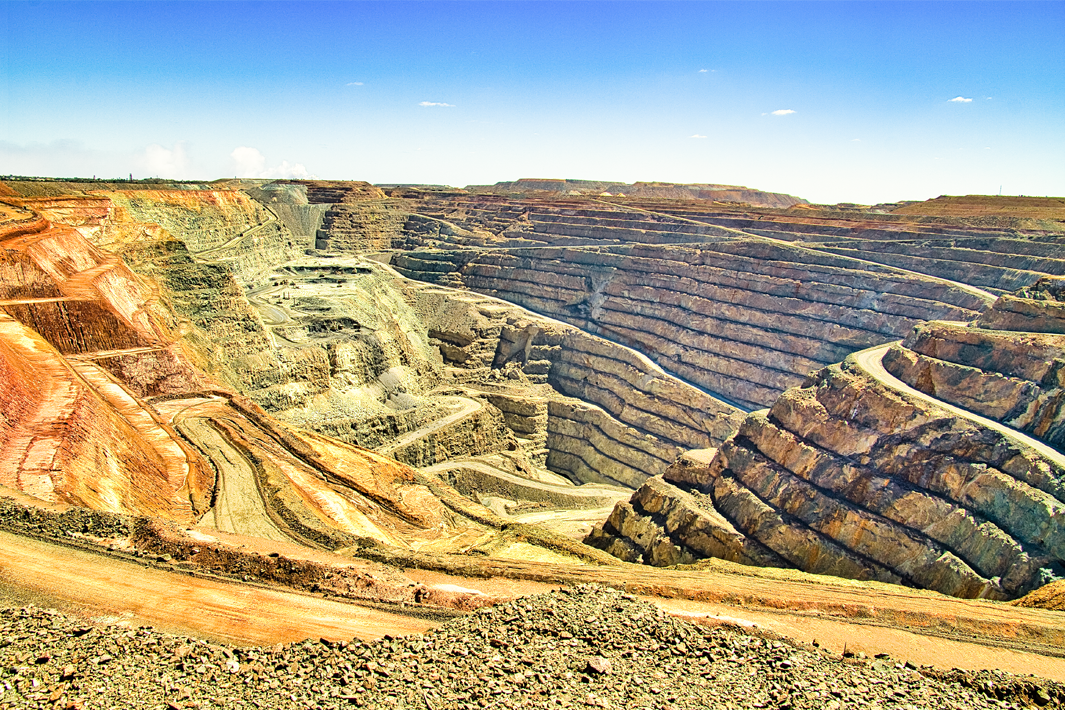
March 19, 2025
Inca Minerals (ASX:ICG) is an Australian exploration company focused on uncovering high-grade gold and gold-antimony mineralization. The company recently acquired Stunalara Metals, a transformational deal that enhances its exploration assets.
Inca Minerals' flagship Hurricane Project in Northern Queensland presents exceptional exploration potential, benefiting from a highly prospective geological setting. With record gold prices and rising demand for critical minerals, Inca is strategically positioned to seize this growing market opportunity.
 Gold and antimony prospects at the Hurricane project
Gold and antimony prospects at the Hurricane projectInca Minerals is committed to advancing its flagship Hurricane Project through a high-impact exploration strategy. The company plans to launch a shallow drilling program in Q2 2025, targeting high-priority gold-antimony mineralization identified through rock chip sampling and structural mapping.
Company Highlights
- The flagship Hurricane project in Northern Queensland features exceptional gold and antimony grades, with assays returning up to 81.5 g/t gold and 35.1 percent antimony. Despite its strong potential, the project remains undrilled, offering a first-mover advantage in an underexplored high-grade system.
- A shallow, cost-effective drilling campaign in Q2 2025 aims to define a maiden gold-antimony resource at Hurricane, with the potential to deliver rapid upside for shareholders.
- Inca Minerals’ acquisition of Stunalara Metals significantly expands its footprint across Queensland, Tasmania and Western Australia, strengthening its exposure to high-value gold and critical minerals like antimony.
- With China restricting antimony exports and global supply tightening, Inca is well-positioned to benefit from rising demand across the energy storage, defense and high-tech sectors.
- Northern Queensland has seen limited modern exploration compared to Western Australia. Inca is leveraging advanced techniques to uncover new high-grade gold-antimony systems.
- Led by an experienced team with a track record of discovery success, Inca maintains a disciplined capital allocation strategy to maximize shareholder value
This Inca Minerals profile is part of a paid investor education campaign.*
Click here to connect with Inca Minerals (ASX:ICG) to receive an Investor Presentation
ICG:AU
The Conversation (0)
18 March
Inca Minerals
Advancing high-grade gold-antimony project in Northern Queensland
Advancing high-grade gold-antimony project in Northern Queensland Keep Reading...
29 April
March Quarterly Activities and Cash Flow Reports
Inca Minerals (ICG:AU) has announced March Quarterly Activities and Cash Flow ReportsDownload the PDF here. Keep Reading...
07 April
Compulsory Acquisition Notice
Inca Minerals (ICG:AU) has announced Compulsory Acquisition NoticeDownload the PDF here. Keep Reading...
03 April
Close of Takeover Offer
Inca Minerals (ICG:AU) has announced Close of Takeover OfferDownload the PDF here. Keep Reading...
31 March
Inca to Raise $1.1M
Inca Minerals (ICG:AU) has announced Inca to Raise $1.1MDownload the PDF here. Keep Reading...
27 March
Trading Halt
Inca Minerals (ICG:AU) has announced Trading HaltDownload the PDF here. Keep Reading...
6h
Walker Lane Resources Ltd. Provides an Update on its Marketing Activities
TSX-V: WLR Walker Lane Resources Ltd. (TSXV: WLR,OTC:CMCXF) (Frankfurt: 6YL) "Walker Lane") announces that it has engaged Stockhouse Publishing Limited, Marcus Brummell, and Baystreet.ca to conduct marketing and publishing services. The purpose of these marketing activities is to increase market... Keep Reading...
15h
Gary Wagner: Gold, Silver Price Calls for 2026, Plus Key Drivers to Watch
Gary Wagner, executive producer at TheGoldForecast.com, shares his gold and silver outlook, commenting on this week's US Federal Reserve meeting as well as what could happen in 2026. While large corrections can occur, he has a bullish long-term outlook for both precious metals.Don't forget to... Keep Reading...
15h
Top 5 Junior Gold Mining Stocks on the TSXV in 2025
Both major and junior gold stocks are seeing heightened interest in 2025 amid a surging gold price, which has climbed more than 50 percent since the start of the year and set dozens of new record highs along the way.The yellow metal's staggering rise has been fueled by numerous factors,... Keep Reading...
15h
Top 5 ASX Gold Stocks of 2025
The gold price soared in 2025, reaching a new all-time high above AU$6,700 per ounce in October. The gold bull market has been fueled by a number of factors. Among them is economic uncertainty brought on by a chaotic US trade and tariff policy, which has prompted investors to seek the stability... Keep Reading...
18h
Why Juniors Gain in a Soaring Precious Metals Market
The precious metals market is in the midst of a powerful upswing. The gold price continues to surge, silver has reached its highest levels in over a decade and copper has seen renewed investor interest on the back of long-term supply deficit forecasts. These moves have set off a chain reaction... Keep Reading...
18h
Hidden Gem: How Intrusion-related Gold Deposits Could Fuel Next-generation Discoveries
With the gold price continuing to hover near all-time highs and major producers scouring the globe for new large-scale deposits, one type of gold system is emerging as a potential game changer. Intrusion-related gold systems (IRGS) have already yielded multimillion-ounce mines, like Kinross... Keep Reading...
Latest News
Latest Press Releases
Related News
TOP STOCKS
American Battery4.030.24
Aion Therapeutic0.10-0.01
Cybin Corp2.140.00






